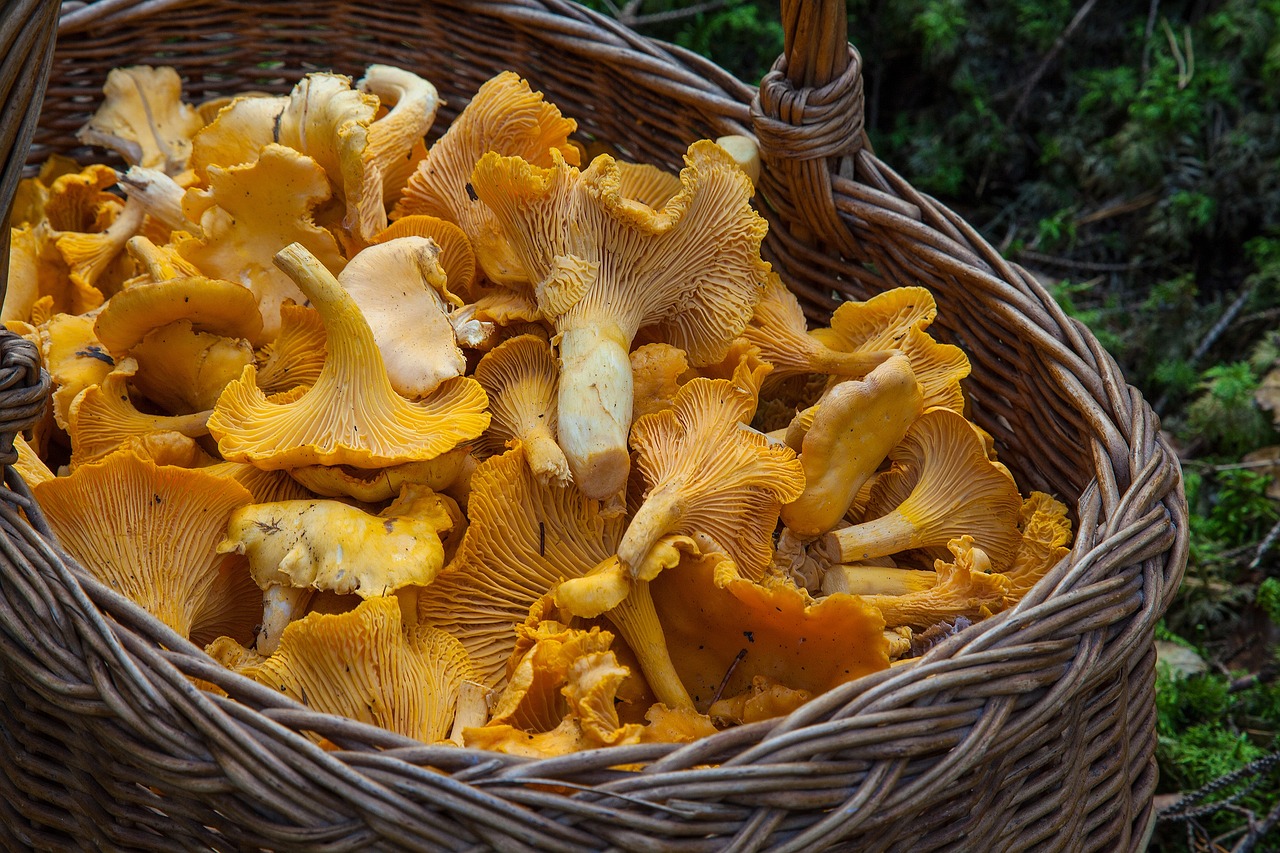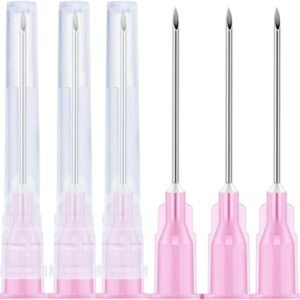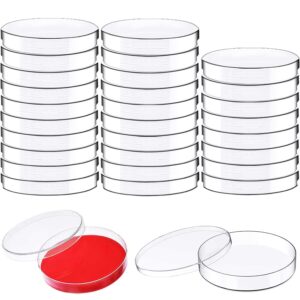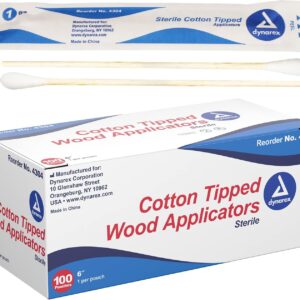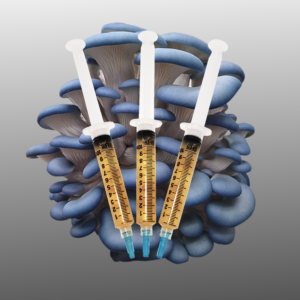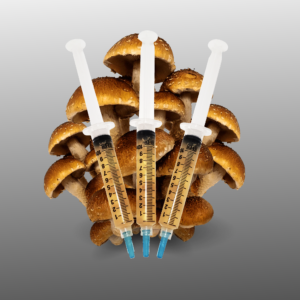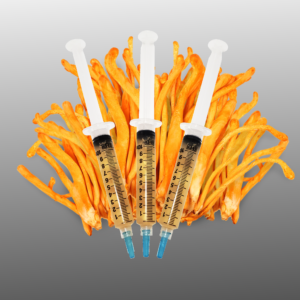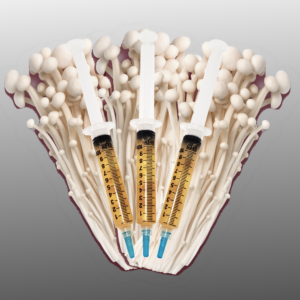Identifying chanterelle mushrooms (Cantharellus spp.) is a rewarding skill for foragers, but it’s crucial to distinguish them from potential lookalikes, as some mushrooms can be toxic. Here are key features to help you identify chanterelles and differentiate them from common lookalikes:
Chanterelle Identification Features:
- Cap:
- Chanterelles: Typically have a funnel-shaped cap with distinct, wavy, and irregular edges. The cap surface is smooth, not scaly. Colors can range from pale yellow to deep orange.
- Gills or Ridges:
- Chanterelles: Instead of traditional gills, chanterelles have ridges that run down the stem. These ridges are blunt, irregular, and forked, resembling the shape of veins.
- Stem:
- Chanterelles: The stem is often firm, solid, and the same color as the cap. It may exhibit a tapering or flaring base but lacks a true ring or skirt.
- Smell:
- Chanterelles: Some chanterelles emit a fruity or apricot-like aroma. This scent can be subtle and may not be present in all specimens.
- Habitat:
- Chanterelles: Often found in both coniferous and deciduous forests, they have a mycorrhizal association with trees. Look for them near oaks, beech, and pine trees.
Common Lookalikes and How to Differentiate:
- False Chanterelle (Hygrophoropsis aurantiaca):
- Differences:
- False chanterelles have true gills, unlike the ridges of chanterelles.
- The stem of false chanterelles is often hollow, while chanterelles have a solid stem.
- False chanterelles lack the distinct fruity aroma of true chanterelles.
- Differences:
- Jack-O’-Lantern Mushroom (Omphalotus illudens):
- Differences:
- Jack-O’-Lanterns have true gills and a more centrally attached stem, unlike the ridges and lateral attachment of chanterelles.
- Jack-O’-Lanterns are bioluminescent, but this is not a useful identification feature during foraging.
- Differences:
- Yellowfoot Chanterelle (Craterellus tubaeformis):
- Differences:
- Yellowfoot chanterelles have a more tubular or trumpet-shaped cap compared to the wider, funnel-like cap of true chanterelles.
- Yellowfoot chanterelles have a darker, often brownish color.
- Differences:
- Scaly Vase Chanterelle (Gomphus floccosus):
- Differences:
- Scaly vase chanterelles have a vase-shaped cap with distinct, pointed scales, unlike the smooth cap of chanterelles.
- The stem of scaly vase chanterelles is often thicker and more central.
- Differences:
General Tips for Safe Foraging:
- Educate Yourself:
- Invest time in studying field guides, attending foraging workshops, or going on guided forays to enhance your identification skills.
- Check the Entire Mushroom:
- Examine the cap, gills or ridges, stem, and overall size and shape. A comprehensive analysis is crucial for accurate identification.
- Spore Print:
- Take a spore print if uncertain. Chanterelles have a white to yellowish spore print, while some lookalikes may have different colors.
- Location and Habitat:
- Pay attention to the environment where you find the mushrooms. Chanterelles have specific associations with certain trees and ecosystems.
- When in Doubt, Don’t Consume:
- If you are unsure about the identification, do not consume the mushroom. Some toxic mushrooms have lookalikes that can be challenging to distinguish.
Foraging for wild mushrooms requires caution and responsibility. If you’re uncertain about any mushroom’s identification, consult experienced foragers, mycologists, or reliable field guides before consumption.
-
100 Pack -18Ga 1.5inch(38mm) Dispensing Needles with Luer Lock, Individually Packaged
-
10ml Luer Lock Tip Syringes (No Needle) – Sterile, Individually Wrapped – 100 Syringes
-
30 Pack Plastic Petri Dishes with Lids, 90 x 15mm
-
6-Inch Sterile Cotton Tipped Applicators 1 Box of 100 Pouches, 1 per Pouch
-
Agar Agar Powder, 1lb
-
Blue Oyster Liquid Culture
-
Chestnut Mushroom Liquid Culture
-
Cordyceps militaris Liquid Culture
-
Enoki Mushroom Liquid Culture

